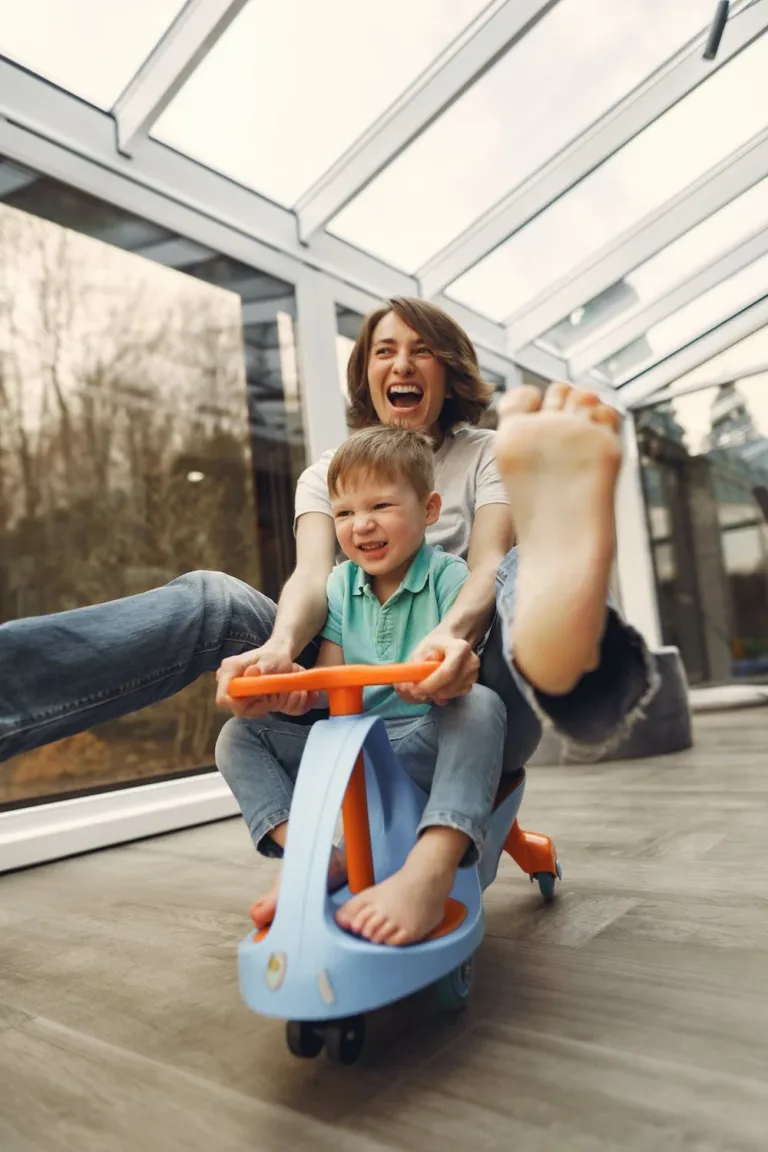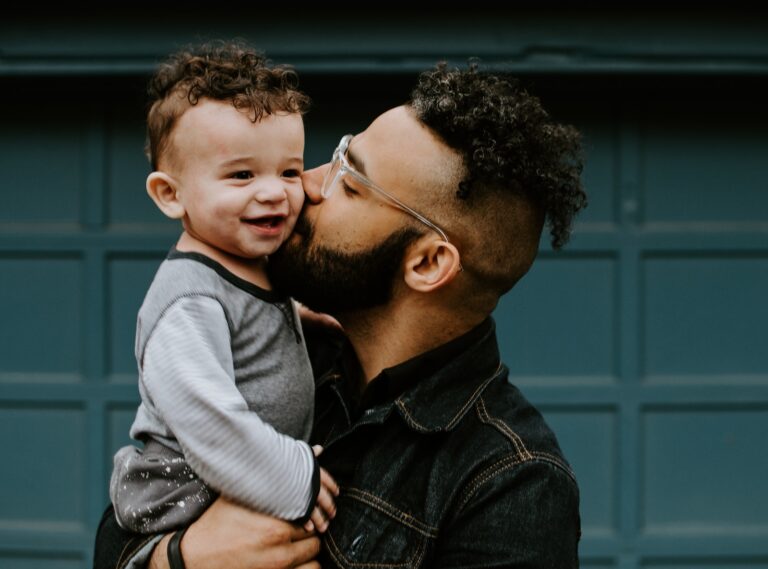Powerful Meditation For Kids: Benefits, Challenges, And Tips 101
The fast-paced and stressful nature of modern society has made it increasingly important to teach children how to manage their emotions and cope with anxiety. Among the various techniques used for this purpose, meditation for kids has emerged as a popular and effective solution. Meditation for kids can offer children numerous benefits, including improved sleep, reduced stress and anxiety, and better focus.
However, teaching meditation to kids can be challenging due to their shorter attention spans and difficulty sitting still. Despite the challenges, teaching the power of meditation for kids is a valuable practice that can help them lead a more balanced and peaceful life.
In this article, we will explore the benefits of meditation for kids, the challenges teachers and parents face when teaching it, and practical tips to make the process more effective. By understanding the benefits and challenges of teaching the power of meditation for kids, parents and teachers can make better-informed decisions and help children develop the necessary skills to navigate the challenges of modern life.
The simple act of teaching children how to stop, focus, and just breathe could be one of the greatest gifts you give them.
What Is Meditation?
Meditation is a practice of mindfulness and self-awareness, and this holds true for meditation for kids as well. The practice involves training the mind to observe thoughts without judgment. Meditation can help in relaxing the mind, regulate the emotions and is quite important in today’s world which is full of information overload. Meditation allows us to disconnect from external distractions and racing thoughts, enabling us to be present at the moment.
Types of Meditation for Kids
Meditative practices have been used since ancient times to improve health and well-being. But, just as an athlete may do different exercises, people who practice meditation often use different types.
The most common types of meditation practice are concentration, mindfulness, movement based, cultivating positive emotions, and emptying. There are specific examples and ways to practice each type. See table, below.
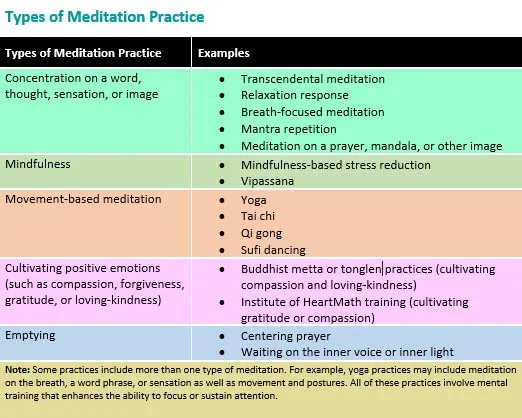
Benefits of Meditation for Kids
The benefits of meditation for kids are numerous and can have a long-lasting impact on their well-being. One of the most significant benefits is increased focus. Meditation for kids can improve a child’s ability to concentrate, which can have a positive effect on their academic performance and overall productivity.
Additionally, meditation can lead to improved sleep. Children who regularly practice meditation may experience better quality sleep, which can have a positive impact on their overall health and well-being.

Moreover, meditation can also help reduce anxiety and stress levels in children. By teaching children how to regulate their emotions and thoughts through meditation, they may be better equipped to manage stressful situations in their daily lives.
Improved self-esteem is another benefit of meditation for kids. Through regular practice, children can develop a greater sense of self-awareness, self-acceptance, and self-love, which can lead to a more positive self-image and improved confidence.
Challenges with Kids
Young children may struggle with maintaining focus and stillness during meditation practice, creating a challenge for instructors. Their attention span is shorter, and they may feel restless after sitting still for a few minutes.
It is important for instructors to understand that young children may need to move around or fidget during meditation practice.
To address these challenges, instructors can incorporate mindful movement into their meditation practice for children. This can involve simple yoga poses or focusing on breathing while also incorporating movement.
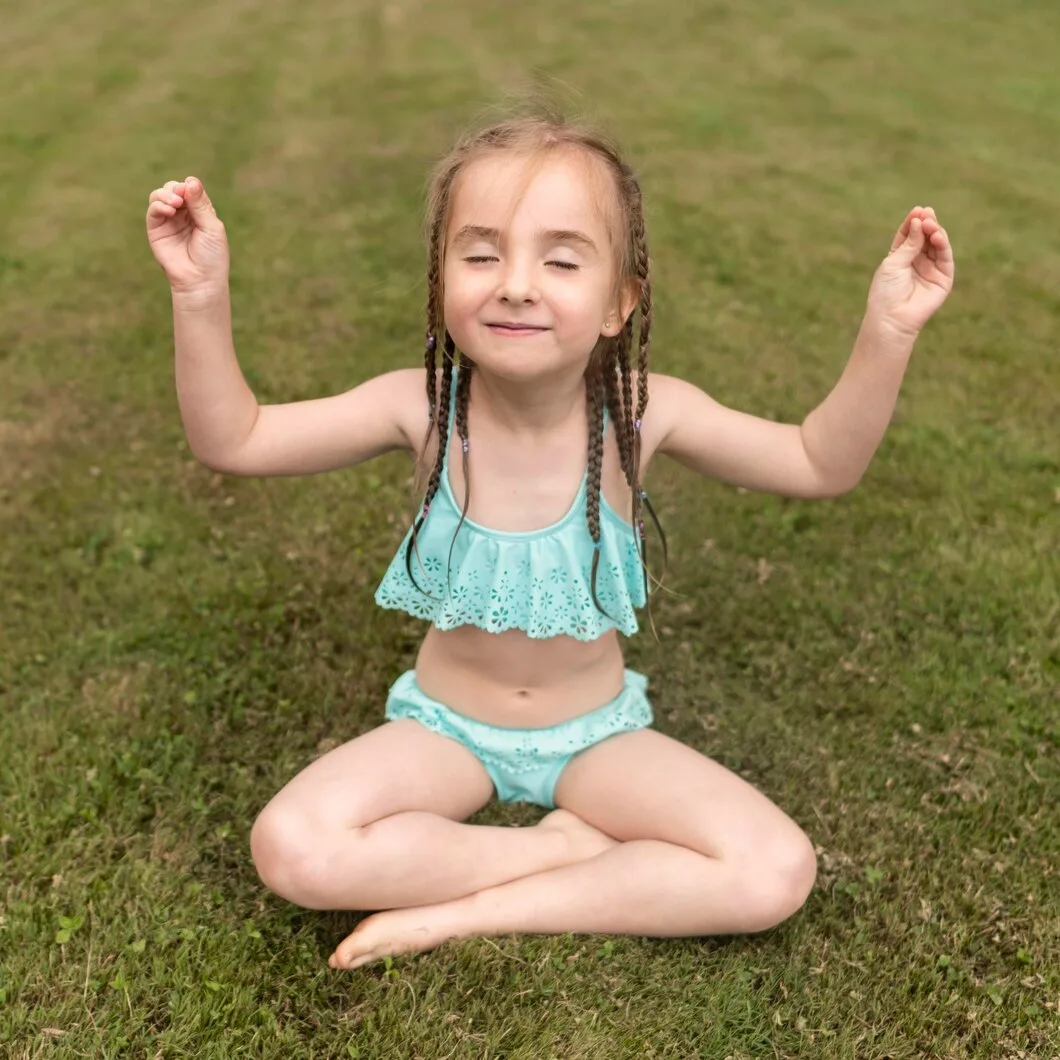
Additionally, instructors can make meditation sessions shorter, starting with just a few minutes and gradually increasing the duration as children become more comfortable with the practice.
By meeting children where they are at and being patient with their development, meditation for kids can become a successful tool for promoting well-being and mindfulness in young children.
Tips for Parents and Teachers
Instructors can incorporate age-appropriate techniques to teach meditation to kids. For young children, mindful movement can be more engaging than sitting still. Gradually increasing the duration of meditation sessions can help children develop their attention span and promote mindfulness.
Incorporating meditation into daily routines, such as before bed or after school, can also help kids establish a consistent practice. Parents and teachers can also use guided meditations and meditative music to help children focus during meditation.
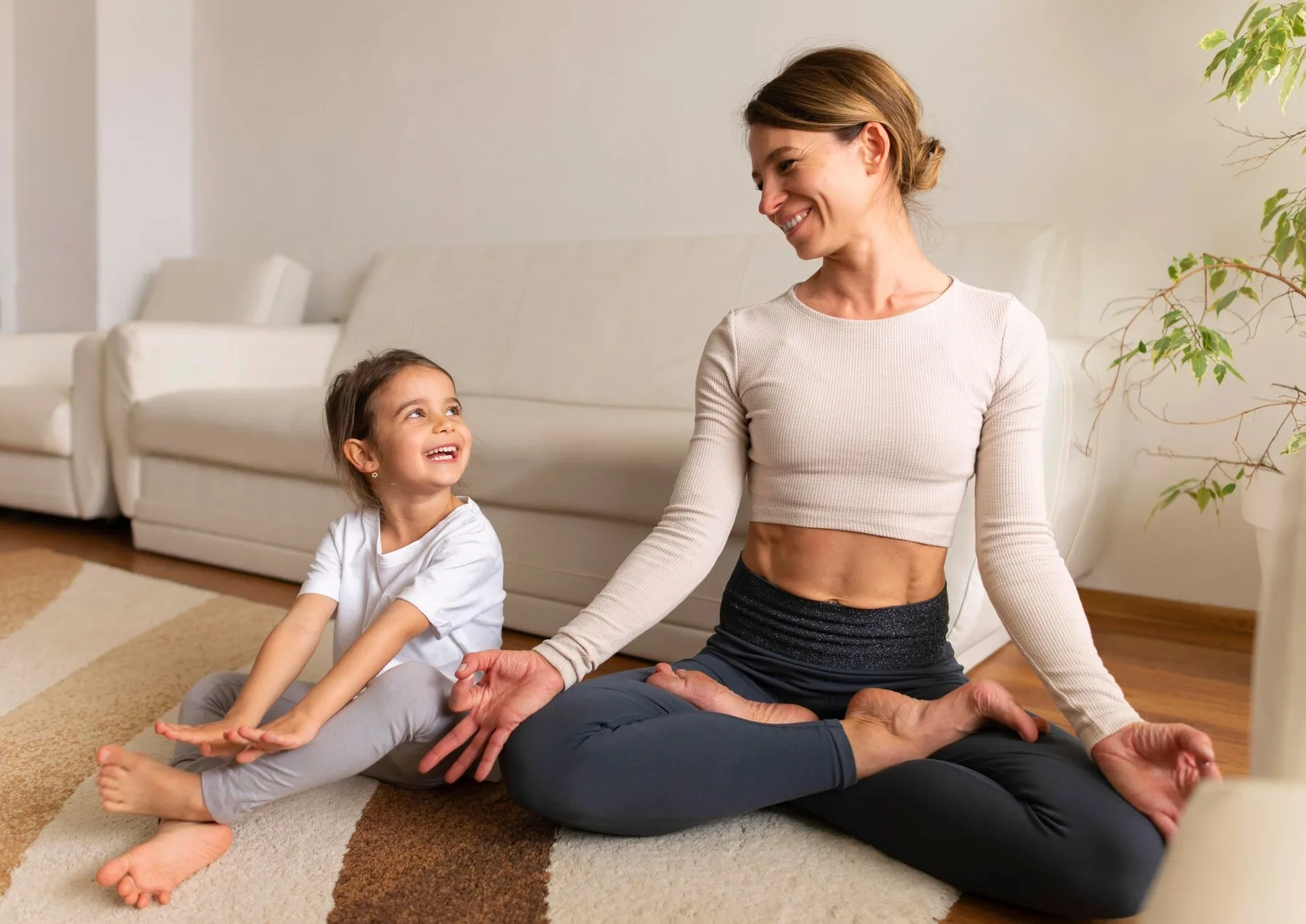
It is important to meet children where they are at and not force them to meditate for longer than they are comfortable with. By creating a safe and supportive environment, parents and teachers can encourage kids to explore the benefits of meditation and develop a lifelong practice.
Meditation does not have a set of rules, but there are some tips that can help
-
The length of time and frequency of meditating can vary for different people and different practices. But, pediatricians typically recommend the following time frames:
-
Preschool children: A few minutes per day.
-
Gradeschool children: 3-10 minutes twice a day.
-
Teens and adults: 5-45 minutes per day or more based on preference.
-
-
Try incorporating deep breathing into your children’s daily bedtime routine—it can help them wind down for the night and make meditation easier to do when other situations arise.
-
Remind gradeschoolers and teens to take a few deep breaths before answering a difficult question at school, taking a test, or before an athletic performance.
-
As young children learn to manage strong emotions, deep breathing can be part of the process—especially before and after time outs.
-
While meditation can be done on your own, it can also be done with the help of a trained professional. Some counselors and individuals with training in meditation can help others learn and practice meditation.
-
Meditation is not currently covered by most insurance plans unless given by a licensed counselor. It is always best to check with your individual plan. Flexible medical spending programs may count meditation training as a medical expense.
-
There are multiple ways to learn different practices of meditation. There are books, videos, online training, websites and smartphone apps to help children meditate. Choose and practice the one that works the best for you and your child, and enjoy a calmer body, mind and spirit.





